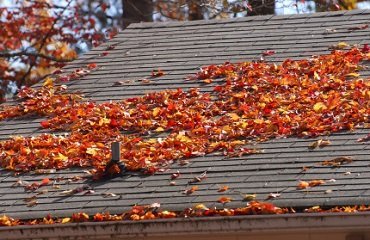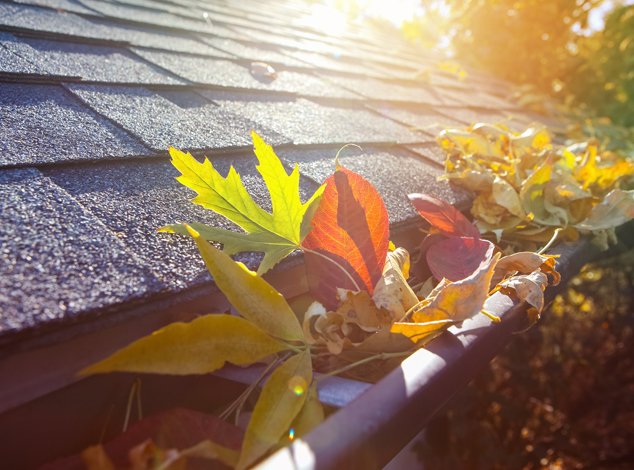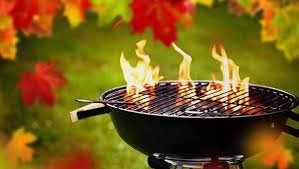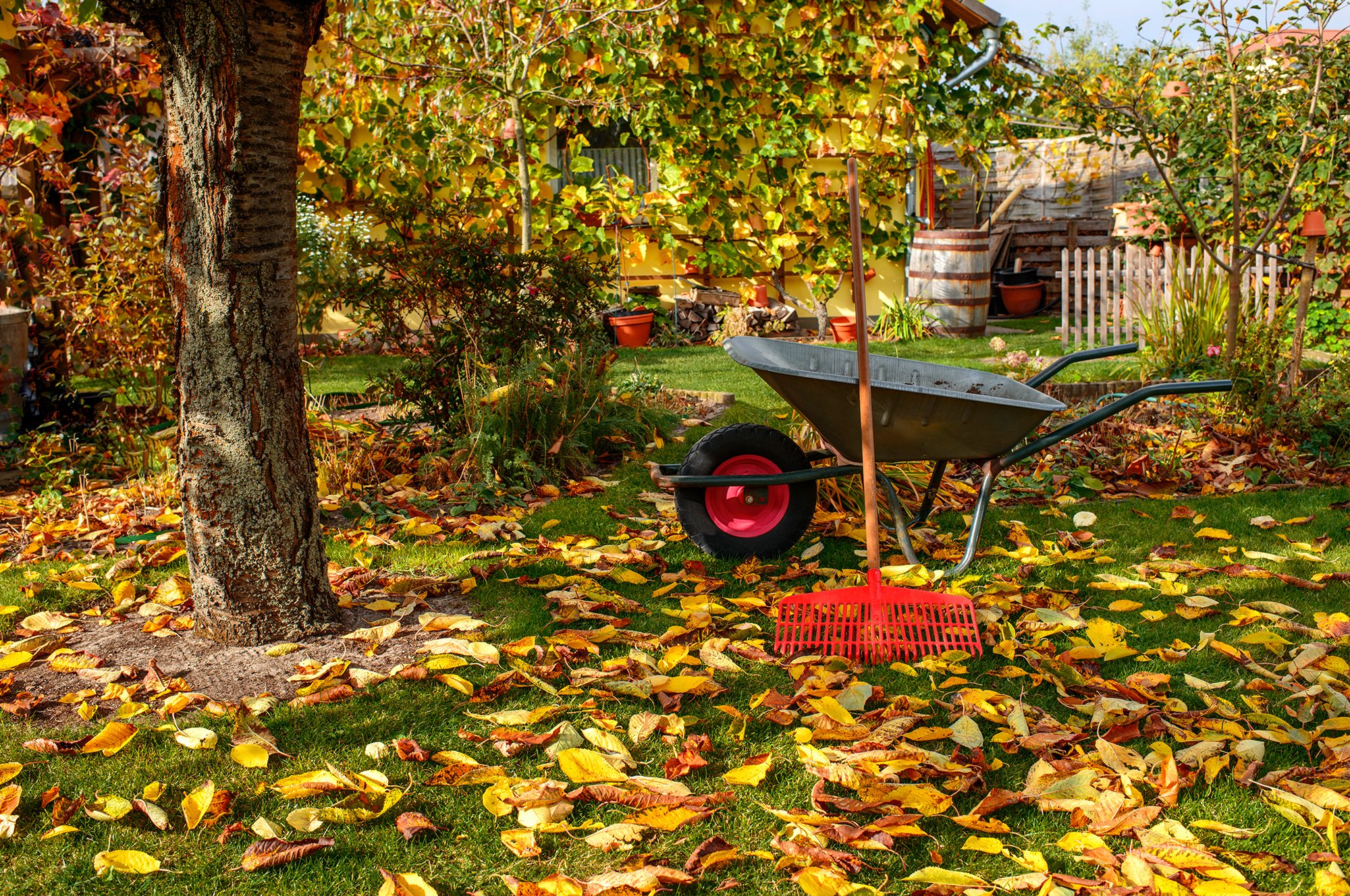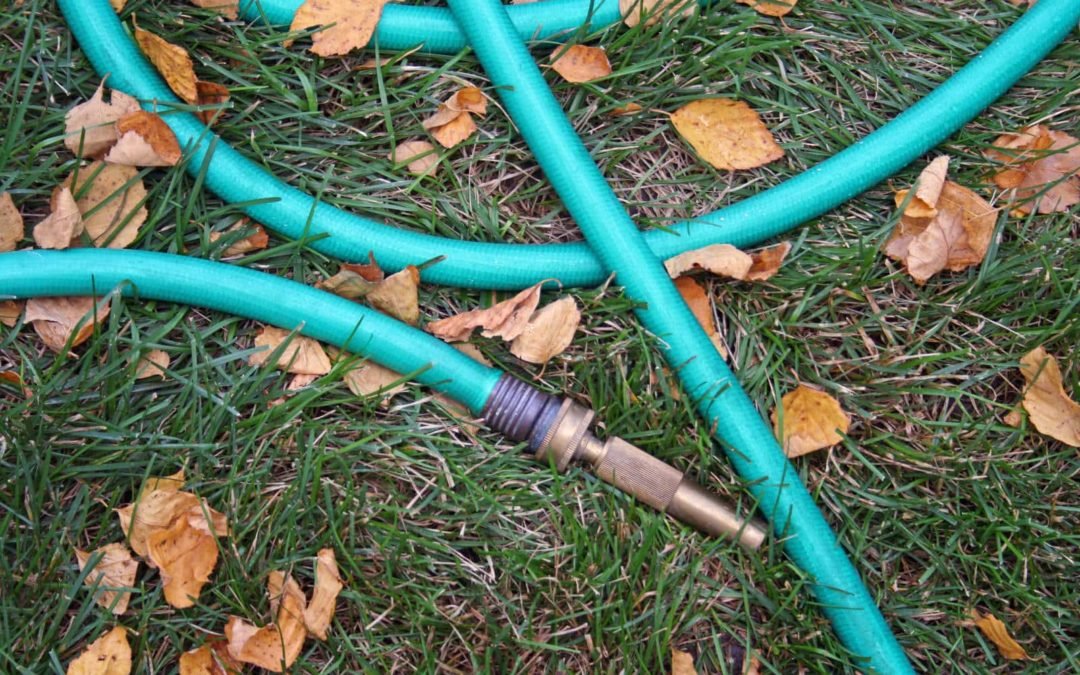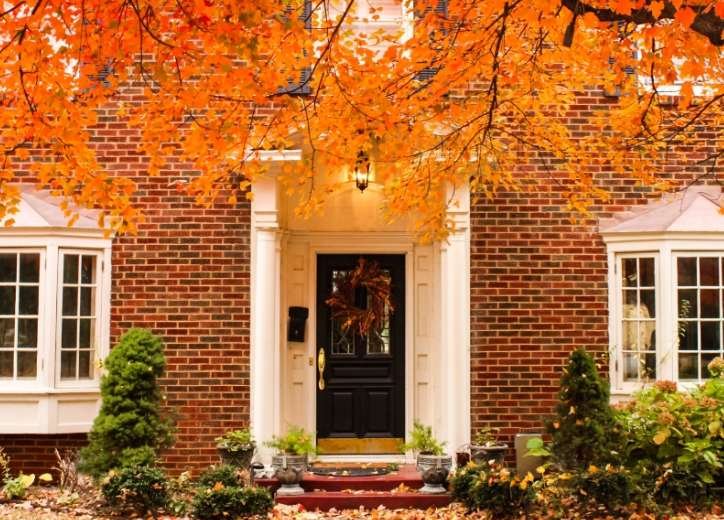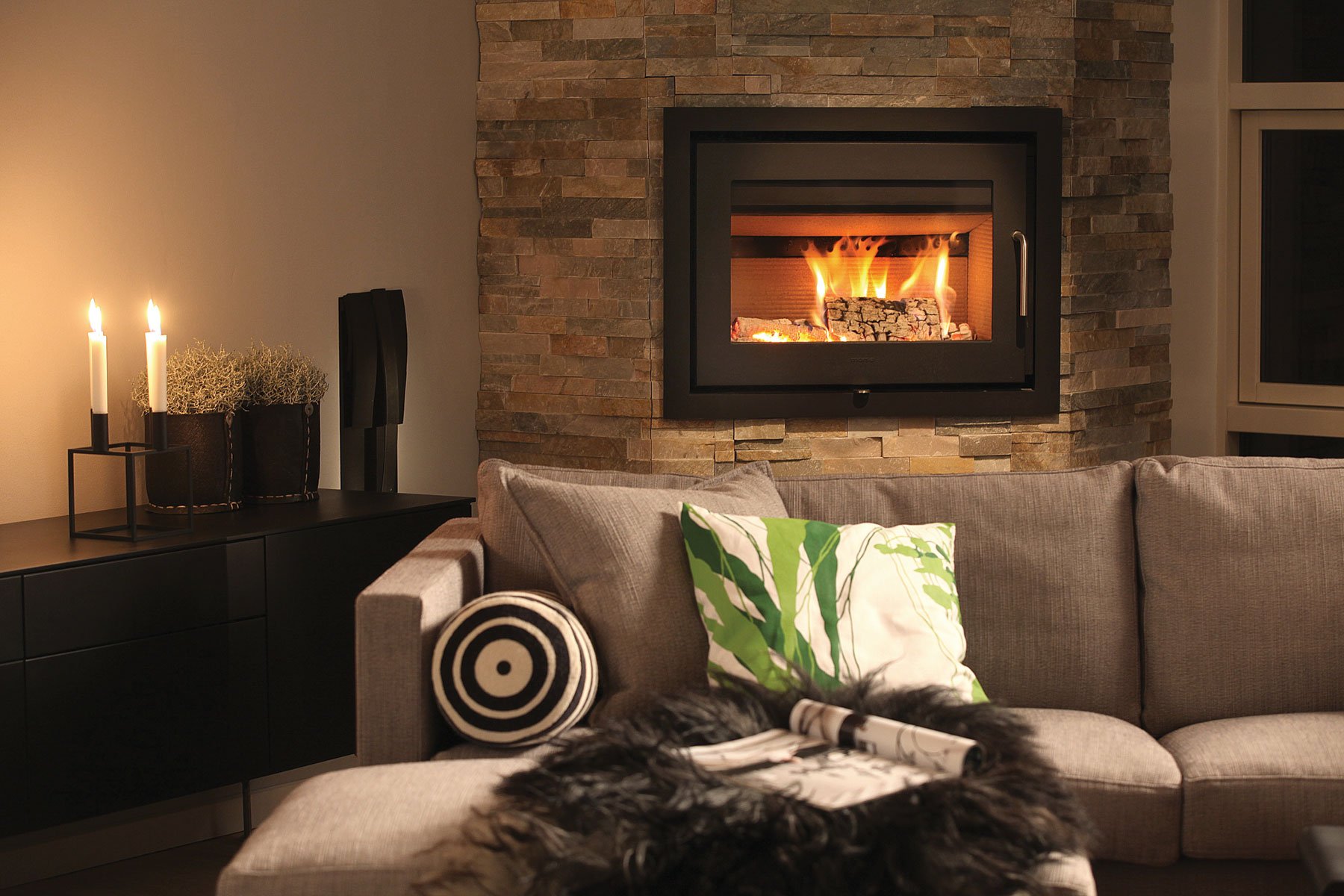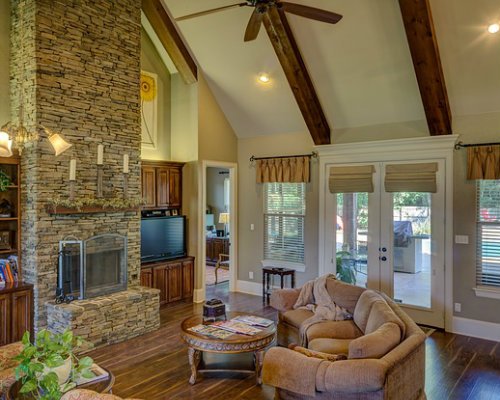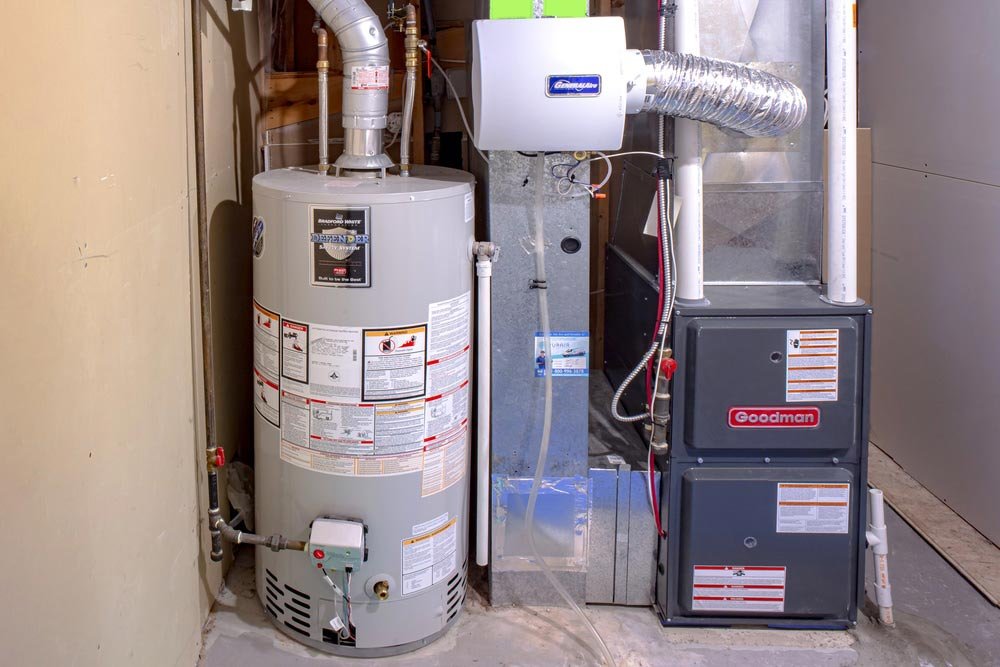Fall Home Maintenance Tips
1) INSPECT YOUR ROOF
Now is the time to inspect your roof to ensure there are no leaks this winter!
We recommend visually inspecting your roof from the ground or heading up top for a closer look. Examine for bent, cracked or missing shingles.
If you notice any of the damages mentioned above, consider having the roof repaired. If the roof looks worn, has curling edges and is missing lots of granules, it is time to reshingle your roof. It may be costly from the onset, but so is water damage from any leaks.
While you're up there, we recommend paying particular attention to areas around skylights, chimneys or vents. These areas are especially susceptible to leaking.
2) CHECK YOUR GUTTERS
When the leaves stop falling, bring out the ladder and clear your gutters.
Clearing the gutters allows rainwater to drain properly off your roof and through the downspouts away from your home. Clogged gutters and downspouts will cause rainwater to spill over the sides, potentially getting into your home's foundation.
For a less-gunky job, wait for dryer weather to clear the dried leaves.
In addition to emptying downspouts, ensure they are directed away from the home, pathways and driveway to prevent water damage and icy walkways during the winter.
3) PUT YOUR BBQ TO BED
Before winter comes, make sure you clean the grills/burners, disconnect the BBQ tank and store it somewhere safe.
Take the cool weather as a reminder to clean the barbecue's grills and burners, as well as disconnect the tank and store it somewhere safe.
Don't forget to guard against moisture by covering your barbecue up or storing it out of the elements.
4) CLEAR YOUR YARD
It is time for the final yard clean-up and putting your garden to bed. Take time to rake leaves, prune perennials, clean up diseased plants, remove invasive weeds and amend your soil for Spring. Like the Spring, the Fall is an ideal time to tend to your landscaping to maintain curb appeal.
Be sure to move all your outdoor furniture into your shed or cover it before the snow starts sticking to the ground. The same goes for yard & outdoor tools, as they won't react well to the cold and snow.
5) DISCONNECT YOUR HOSE
Put your hose away and shut off the water before temperatures drop below freezing! This is a common homeowner misstep that leads to costly repairs come Springtime.
Turning off the water for all outdoor faucets prevents water from remaining in the pipes. The freezing and expansion of the water can damage the waterline and the various connection points, which will cause leaking come Springtime, leading to costly repairs and replacement.
The same can happen to your garden hose. Ensure you disconnect and store your hose for the Winter. Remember to run the tap after you shut the water valve, which will drain any remaining water before the cold sets in.
6) INSPECT YOUR HOME FOR CRACKS
Seal any cracks around windows, doors and bricks.
Walk around your home and search for cracks or gaps. Take a good look at doors, windows, and entry points of wires or cables. Sealing these will spare you headaches and money in the long run.
Don't delay too long in sealing the cracks and gaps, as caulking is best done before it gets cold.
7) GET READY TO TURN UP THE HEAT
The exterior of the house is done, now let’s get the interior toasty warm.
Now is the time to call an inspector to give the entire system a once-over review. Here’s a rundown of the services commonly included with fall furnace maintenance:
Checking the heat exchanger. Cracks or rust in this area are a common source of carbon monoxide leaks and must be repaired immediately.
Taking pressure readings of the entire system. Low pressure means there’s a leak somewhere, and it also means your system isn’t running efficiently.
Checking the flue. This is how carbon monoxide is safely removed from your home, so the flue must be clean and free of leaks.
Examining and testing blower components. Your fan and the belts that keep it turning may need replacement before the rest of your system.
Testing the burner. Even if the burner is operable, the shape and colour of the flame can offer red flags for other potential problems.
Calibrating the thermostat. If your thermostat isn’t taking accurate readings, you could be paying too much or heating too little.
Checking all electrical connections.
Lubricating moving parts.
Cleaning the central system.
Replacing the furnace filter.
8) GUARD AGAINST DRAFTS
Seal up those doors and windows so as not to let any drafts through.
This is the time to re-apply caulking, replace weatherstripping, and install door sweeps and window films. You can also look to seal around recessed/ pot lights, basement crawl spaces, mechanical venting, and around the electrical panel.
Taking the time and energy to seal your home now will save you money during the colder month on energy costs.
9) CHECK YOUR HUMIDIFIER
Make sure your humidifier has been maintained annually so it doesn’t let you down in the middle of winter.
If your home is equipped with a humidifier, it will need annual maintenance as well. Clean out the filter, or replace it if it's too encrusted. Give the equipment a good cleaning, as a whole.
10) GIVE THE CHIMNEY A LOOK OVER
Make sure your chimney is clear from all unwanted debris.
A lack of doing so can create a blockage of toxins inside your home, as well as a chimney fire, and we don’t want that!
Cleaning, maintenance and repairs are based off of a WETT inspection, completed by a chimney professional, who will advise if your chimney needs to be cleaned or not.
Overwhelmed with year’s Fall maintenance? We can help! Feel free to reach out to us for contacts to local professionals we have both worked with personally on our own home and professionally referred to our clients. They can help take care of your home.


